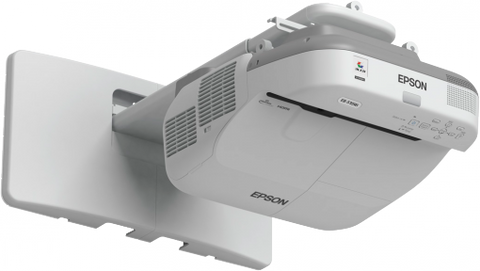LCD
LCD (Liquid Crystal Display) Projectors The difference between a DLP projector and an LCD projector lies in the way the image is projected using a lamp light source.
LCD projectors display images using red, blue, and green rays that pass through individual LCD panels.
These rays are combined using a dichroic prism to project the image through a lens.
LCD projectors are the best choice for business presentations or use in medium to large boardrooms due to the brightness (high level of illumination) they produce. They are also very practical due to their compact size, light weight and low power consumption.
Currently, 3LCD reflective laser projectors are used which do not have a color wheel, therefore providing blacker blacks, whiter whites and brighter, more vibrant colors.
The important points before purchasing an LCD projector should be: Resolution, Proportion, Contrast, Brightness and Sharpness. The most common resolutions for LCD projectors are: 1280 x 720, 1280 x 768 and 1920 x 1080.
Aspect ratio refers to the size of the screen.
Commonly, a projector's aspect ratio is 4:3 or 16:9. For example: 4:3 means that for every 4 units in width, the screen is three units in height.
Contrast is the difference between light and dark areas in an image. Better contrast results in a more detailed image.
Brightness refers to the amount of light passing directly from the image source to the lens and is measured in lumens.
As there is little light loss, better images are obtained. Sharpness will provide us with clearer images, texts and graphics.





